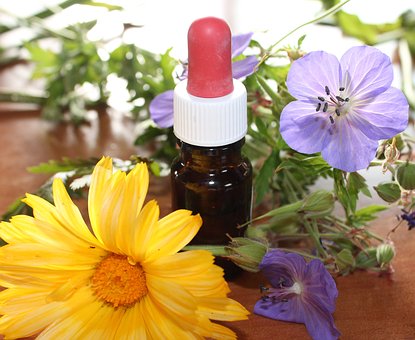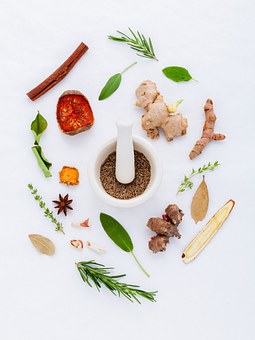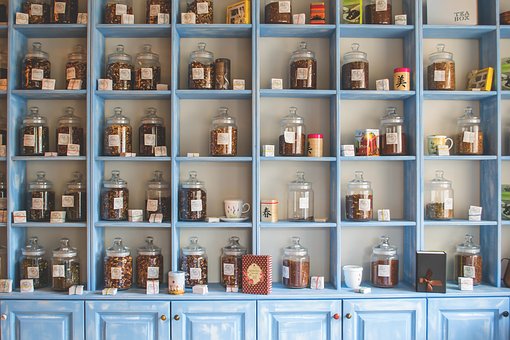Region: North America
Time Period: Unknown
References in Literature: None
Sources: Native American Folklore in Nineteenth-Century Periodicals
Tag: America
What is Damiana?
Scientific and medicinal info
Damiana is a low-growing plant that loves dry soil and plenty of rocks. It’s native to Mexico, Central and South America. The flowers are yellow and small, and damiana bears a small sweet-smelling fruit as well. It’s used as an herbal remedy to enhance sexual performance, as well as a very long list of other physical ailments.
Continue reading “What is Damiana?”
Beans
Beans are ancient foods. Originating primarily in Africa and Asia and the Middle East, they spread over most of the globe, carried by nomadic tribes. They have been cultivated allover the earth for thousands of years. Evidence also suggests that many beans were first grown on the American continent. In North America, most of the dried beans commonly eaten are descendants of beans cultivated in Central and South America, seven thousand years ago.
What is Copal?
Scientific and medicinal info
Copal is actually a resin, not an herb. Resins are solidified pieces of plant sap, and they are very fragrant when burned. Copal comes from various species of the Bursera tree, in Mexico and South America. There are 3 varities of copal: white, gold and black. Each has its own subtle differences in scent.
Continue reading “What is Copal?”
Catuaba
Erythroxylum catuaba
The tree known as the catuaba is a South American species of tree that grows in rain forests. This tree grows in the rain forests of Brazil and belongs to the same plant family as the famous coca plant – cocaine is an extracted from this plant. However, catuaba does not have the narcotic alkaloids that are present in the coca plant. Traditionally, the catuaba bark has been utilized in herbal medicine by the natives of Brazilian rain forests. A different tree, botanically known as the Erythroxylum catuaba is also found growing in the rain forests of South America. This vigorous and hardy small tree bears yellow and orange colored flowers and when in season, it also bears small oval shaped, dark yellow colored and inedible fruits.
Bitter Melon
Momordica charantia
The herb known as the bitter melon is a tropical plant, and grows extensively in the tropics-which include parts of East Africa, large parts of Asia, the Caribbean islands, and in parts of South America. This plant is used as a source of food and as an herbal medicine as well. True to its name, the fruit of this plant has a very bitter taste. Medicinal use is chiefly made of the fruit, as it is considered the safest and most easily cured part of the plant, however, the seeds, the leaves, and the vines of the bitter melon has also been extensively used in a variety of herbal medicines and infusions.
Iwanci
Region: Equador, Amazon, South America
Time Period: Unknown
References in Literature: None
Sources: Circle of the Dragon
Ihuaivula
Region: South America
Time Period: Unknown
References in Literature: None
Sources: Circle of the Dragon
Gowrow
Region: Ozark Mountains, North America
Time Period: Unknown
References in Literature: None
Sources: From Flying Toads to Snakes with Wings, Giants, Monsters and Dragons, Cryptodominion
Gaasyendietha
Region: Seneca Indians, North America
Time Period: Unknown
References in Literature: None
Sources: Giants, Monsters and Dragons, Circle of the Dragon




